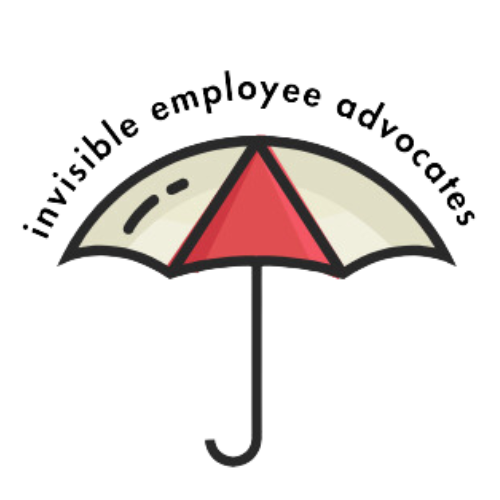Caregiving Resources: From Limited and Local to Digital and Global (10/14/25)
Twenty years ago, caregiving could easily be described as a private and isolating experience. Although unpaid family caregivers comprised a significant portion of the workforce, they largely remained silent and invisible regarding their dual roles of working and caring. Caregiving resources were limited, fragmented, and harder to access. Fast forward to today, and the caregiving landscape appears very different in many ways. Technology, community advocacy, and increasing workplace awareness have helped transform how caregivers find information, care for their loved ones, and support and connect.
In this blog, we compare the caregiving resources that were available 20 years ago to those available today, highlighting improvements and where challenges remain.
1. Access to Caregiving Information
20 years ago:
Primarily, caregivers accessed information from word of mouth, books, and hospital pamphlets. Receiving medical information often required in-person visits.
Few credible caregiving sites were available on the internet.
Today:
On-demand information is available through YouTube channels, webinars, podcasts, and blogs.
Digital guidelines, caregiver toolkits, and checklists are published by reputable health care organizations. Medical knowledge is more quickly available through the use of Telehealth and online symptom checkers.
2. Workplace Recognition and Support
20 years ago:
Caregiving was mostly unacknowledged in the workplace.
Caregiving benefits and flexible work policies were rarely offered by employers. Employees used vacation days or sick time to address caregiving needs.
Today:
Growing recognition of working caregiver challenges has led to caregiving benefits, HR policies, and employee resource groups.
Backup care programs and flexible scheduling are offered by some employers.
Family caregiving is evolving as a workplace issue and not just a family issue.
3. Technology Tools
20 years ago:
The primary method of communicating with medical staff or family members was via telephone.
Caregiver tools to manage care consisted of pillboxes, paper notes, and paper calendars.
Today:
Caregivers can access apps for medication tracking, scheduling appointments, and task sharing.
Remote monitoring is available through health tracking devices, fall detectors, and video check-ins. Digital assistants help with reminders and hands-free support.
4. Peer Group and Community Support
20 years ago:
Caregiver support consisted of in-person support groups, mostly in local churches, community centers, and hospitals.
Today:
Virtual support groups, online caregiver communities, and Facebook groups connect caregivers across the globe.
5. Advocacy and Public Awareness
20 years ago:
Caregiving was largely viewed as a private family concern.
Today:
National caregiving reports help bring the economic and social impact of caregiving to the forefront. (Rosalynn Carter Institute, NAC, AARP)
Advocacy for caregiver policy reform, paid leave, and tax credits is on the rise.
Summary
Today’s caregivers have better and quicker access to more information, community, and tools than ever before. However, despite progress in these areas, many family caregivers continue to face overwhelming challenges related to inadequate workplace flexibility and financial support. Too, a significant number of caregiving employees remain silent and invisible in the workplace. Although the evolution of caregiver resources is a sign of progress, it also reveals how much more needs to be done to support the 63 million unpaid caregivers who sustain our care economy, our families, and our communities.
Until our next blog!
Thank you for caring, for reading, and for being here.
